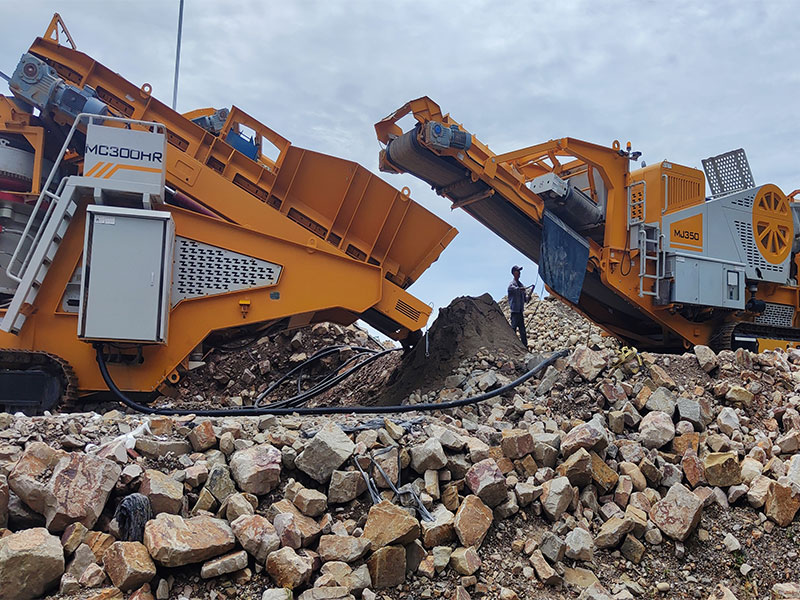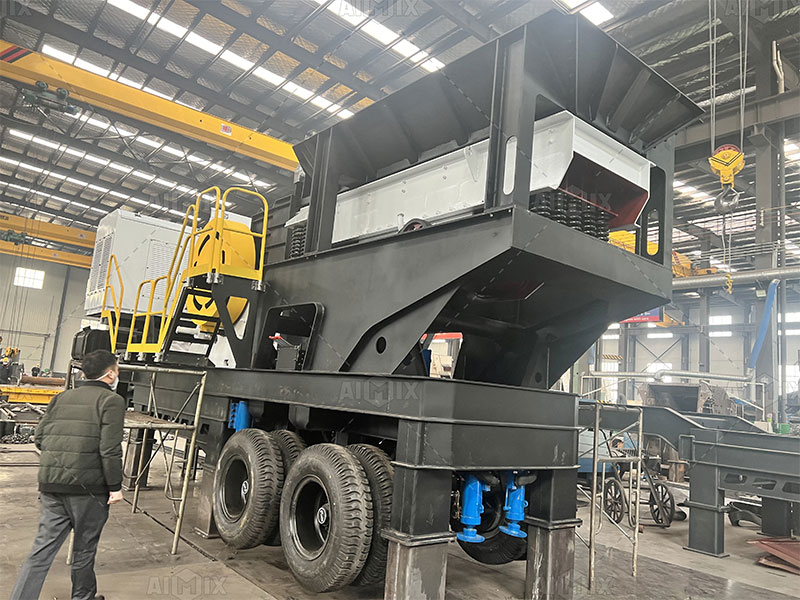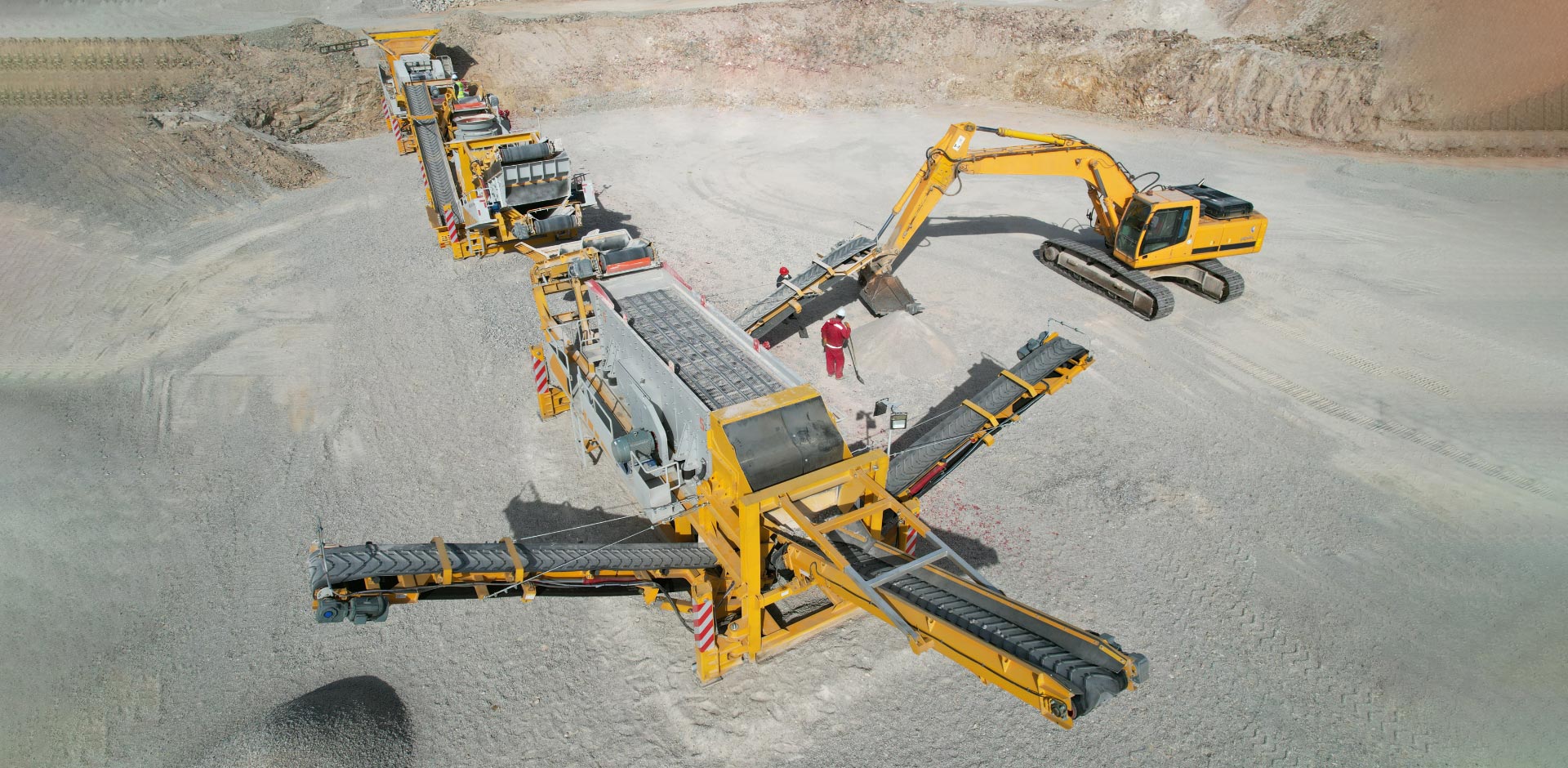Stone crusher plants are vital components in the construction and mining industries, responsible for processing various types of rocks and minerals into usable aggregates and materials. While these plants play a critical role in infrastructure development, safety should always be a top priority in their operation. The effective integration of safety features ensures the well-being of workers and the longevity of the equipment.
Equipment Guards
One of the fundamental safety features in a stone crusher plant is the use of equipment guards. These guards are physical barriers that cover hazardous components of the machinery, such as belts, pulleys, and moving parts. Equipment guards serve two crucial purposes:
a. Worker Protection: Guards prevent accidental contact with moving or rotating parts, reducing the risk of injuries, such as entanglement or crushing.
b. Equipment Longevity: By shielding components from debris and potential damage caused by external factors, equipment guards help extend the lifespan of the machinery.

Emergency Stop Buttons
Emergency stop buttons are strategically located throughout the stone crusher, allowing workers to quickly shut down the equipment in case of an emergency or unsafe conditions. These buttons are easily accessible and are typically marked with bright colors for quick identification. Their importance lies in:
a. Rapid Response: In the event of a hazardous situation, an emergency stop button allows immediate shutdown, preventing accidents or further damage.
b. Worker Safety: Workers can quickly halt the operation if they observe unsafe conditions or any potential risks, contributing to a safer work environment.
Safety Barriers and Signage
Safety barriers and signage help define safe zones and restricted areas within the plant. Properly placed barriers keep workers away from dangerous zones, such as the primary crusher area, where falling rocks or flying debris can pose a risk. Additionally, clear and visible signage serves as a constant reminder of potential hazards and safe practices.
Dust Suppression Systems
Dust is a common byproduct of stone-crushing operations, and inhaling airborne dust particles can lead to respiratory issues. Dust suppression systems, such as water sprayers or dust collectors, are integrated into crusher plants to mitigate these hazards. These systems offer several benefits:
a. Worker Health: By controlling dust emissions, these systems protect workers from inhaling harmful particles, promoting better respiratory health.
b. Environmental Compliance: Dust suppression systems help plants comply with environmental regulations by reducing fugitive dust emissions.

Noise Control Measures
Stone crusher plants can be noisy environments due to the operation of crushers, conveyors, and other machinery. Noise control measures, including sound barriers, mufflers, and enclosures, are employed to minimize noise levels. The advantages of noise control measures include:
a. Hearing Protection: Lower noise levels reduce the risk of hearing damage for workers exposed to loud machinery.
b. Community Relations: By limiting noise pollution, plants can maintain positive relationships with nearby communities.
Regular Maintenance and Inspections
Safety is not solely dependent on crusher plants and features but also on regular maintenance and inspections. Establishing a comprehensive maintenance schedule and conducting routine inspections help identify potential issues before they become safety hazards. Maintenance and inspections contribute to:
a. Equipment Reliability: Well-maintained machinery is less likely to experience breakdowns or failures that can pose safety risks.
b. Compliance: Regular inspections ensure that safety features are functioning correctly and that any deficiencies are promptly addressed.
Training and Education
A crucial aspect of safety in a stone crusher plant is providing comprehensive training to all workers. Training programs should cover equipment operation, emergency procedures, hazard identification, and the proper use of personal protective equipment (PPE). Proper training ensures:
a. Competent Workforce: Workers are equipped with the knowledge and skills needed to operate equipment safely and respond to emergencies effectively.
b. Safety Culture: Training promotes a culture of safety within the organization, where safety becomes a shared responsibility.
Personal Protective Equipment (PPE)
Personal protective equipment, such as helmets, safety goggles, gloves, and hearing protection, should be readily available and mandatory for all workers in a mobile crusher plant. PPE serves as the last line of defense against workplace hazards and ensures:
a. Worker Safety: PPE shields workers from specific risks associated with their tasks, such as head injuries or eye protection from flying debris.
b. Compliance: Mandating the use of PPE helps the plant adhere to safety regulations and standards.
Conclusion
Safety is paramount in the operation of a stone crusher plant, and the incorporation of safety features is essential to protect workers and maintain operational security. By integrating equipment guards, emergency stop buttons, safety barriers, dust suppression systems, noise control measures, and other safety measures, stone crusher plants can create a safer work environment. Additionally, regular maintenance, training, and the use of personal protective equipment further enhance safety standards. Prioritizing safety not only safeguards workers but also contributes to the efficiency and longevity of the plant’s equipment, promoting overall operational success.
